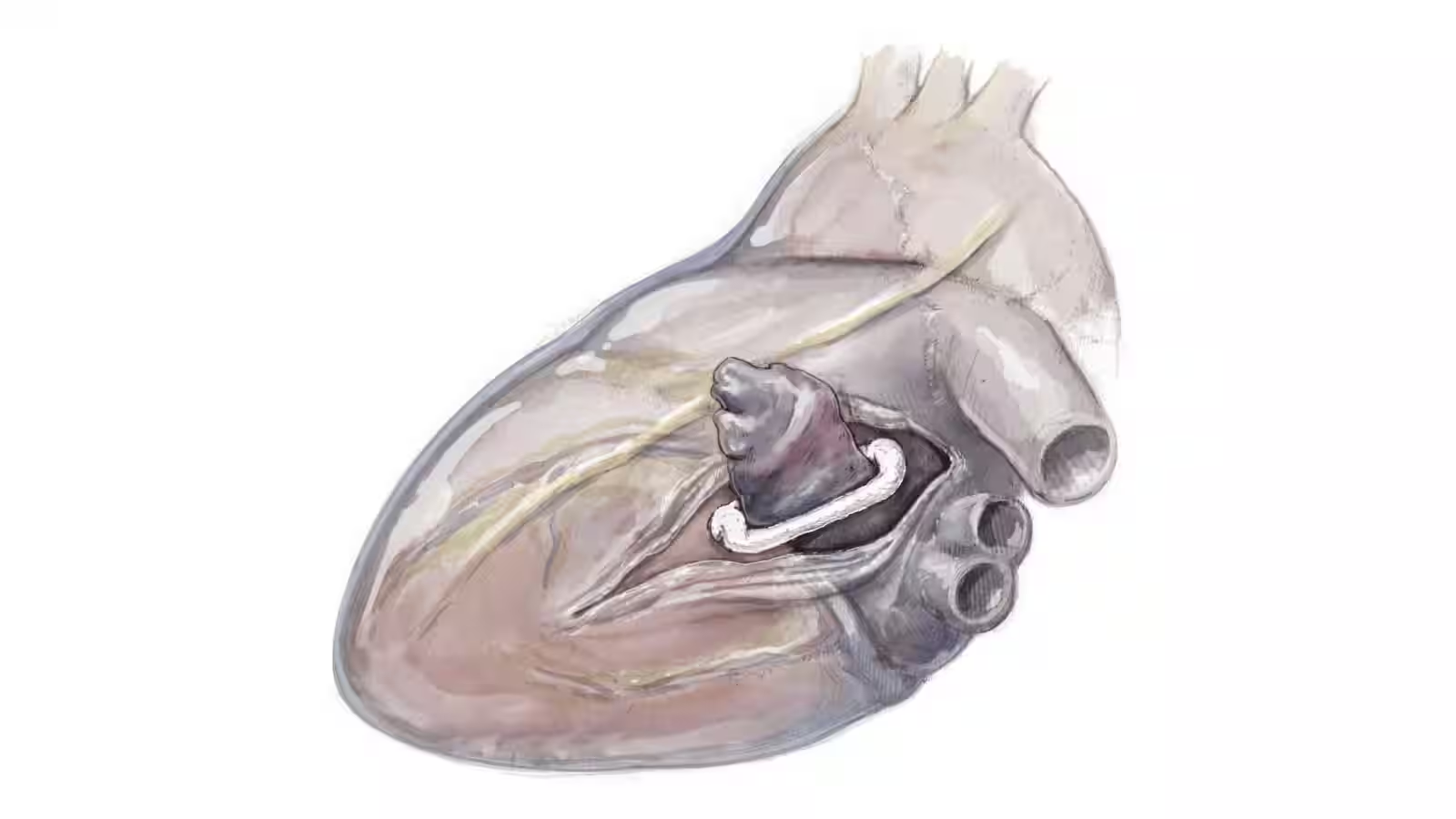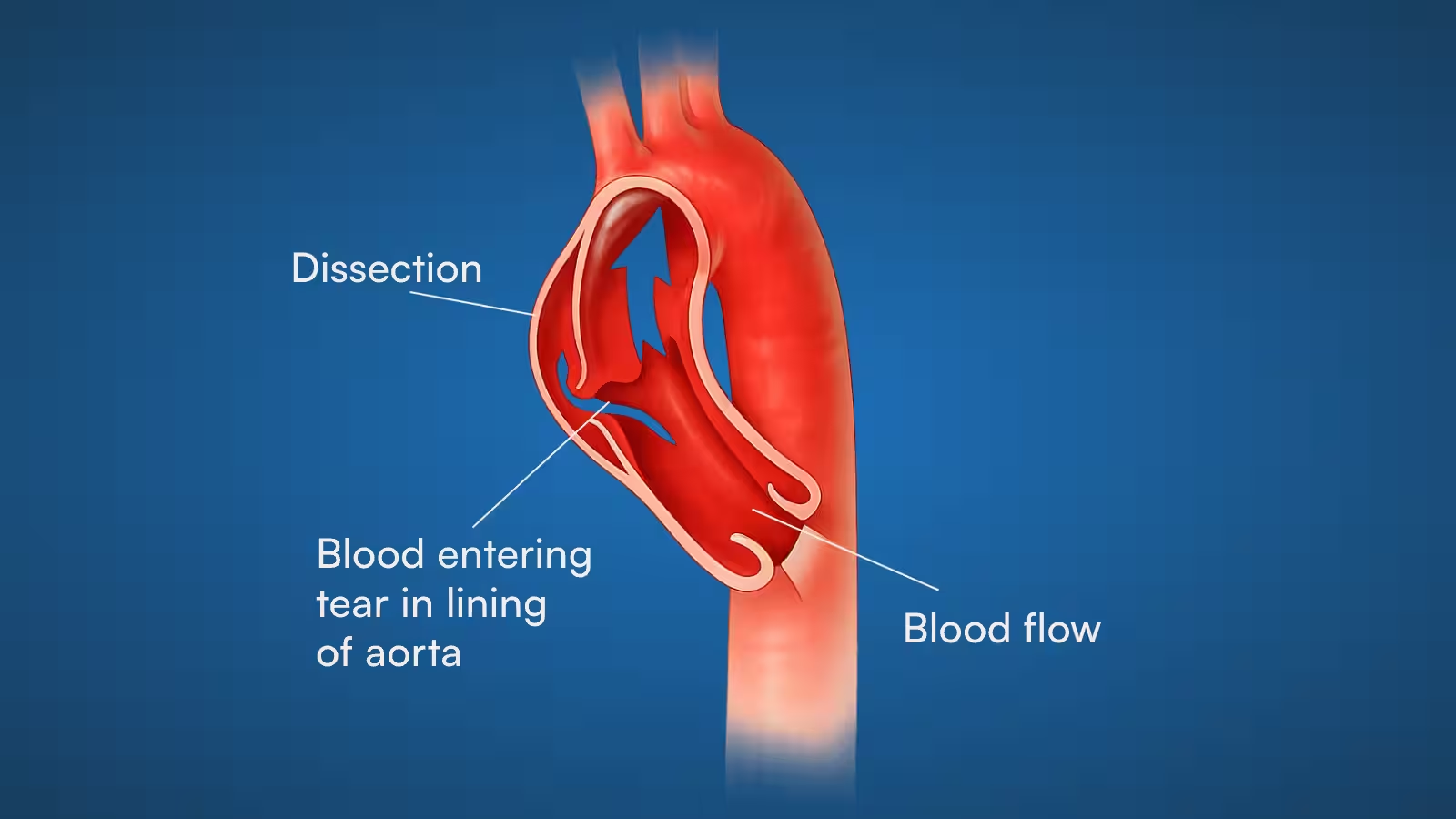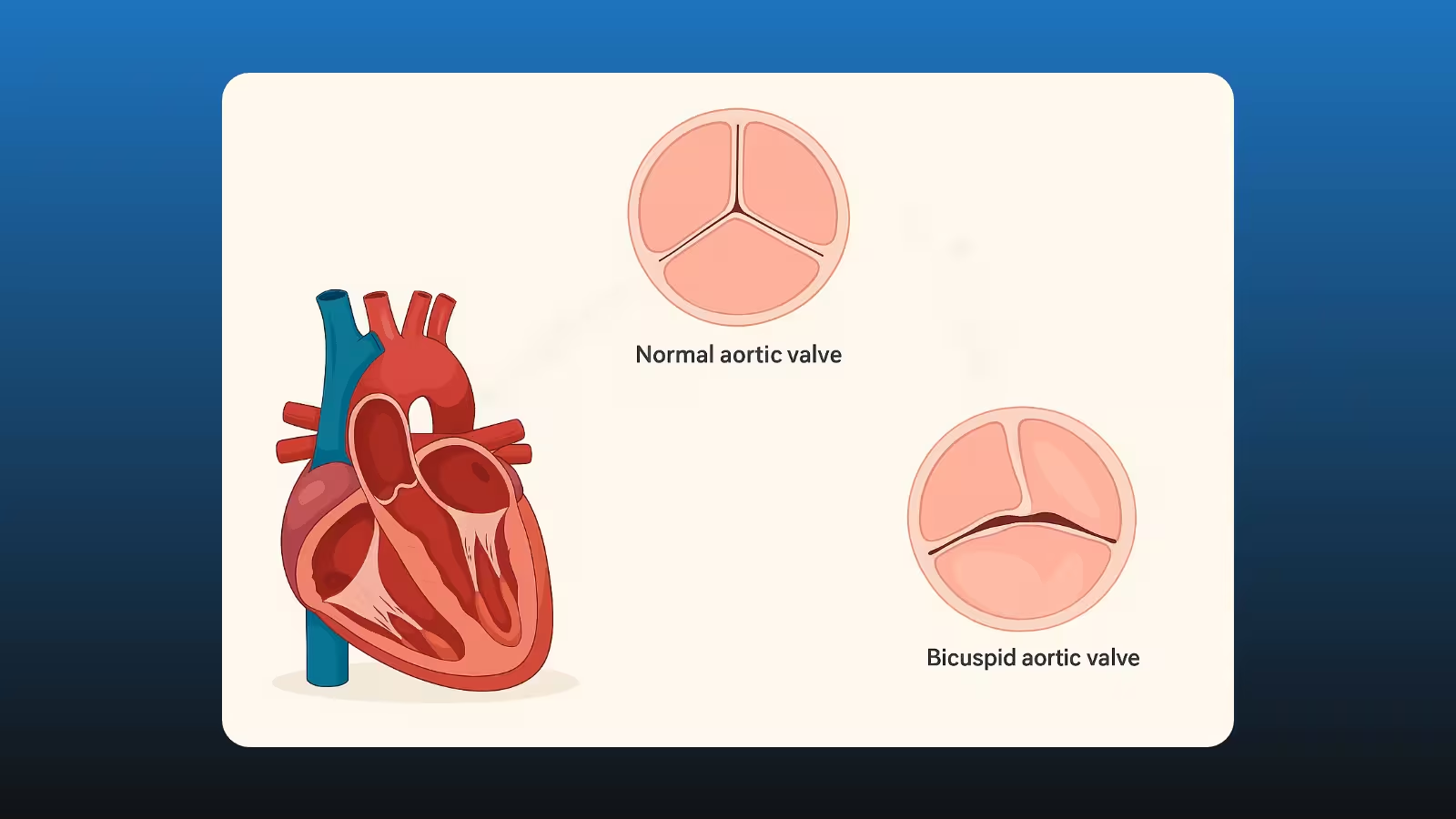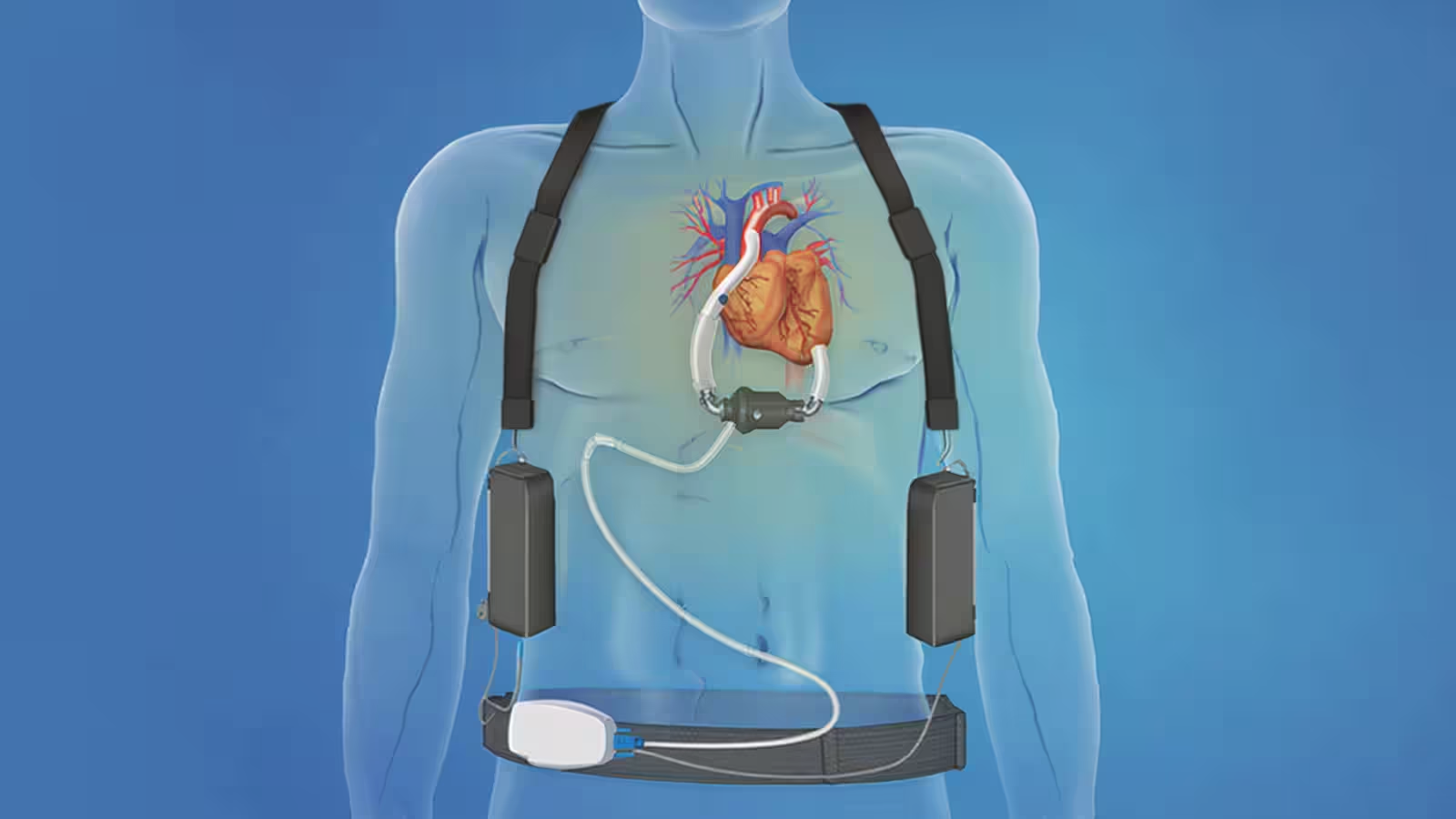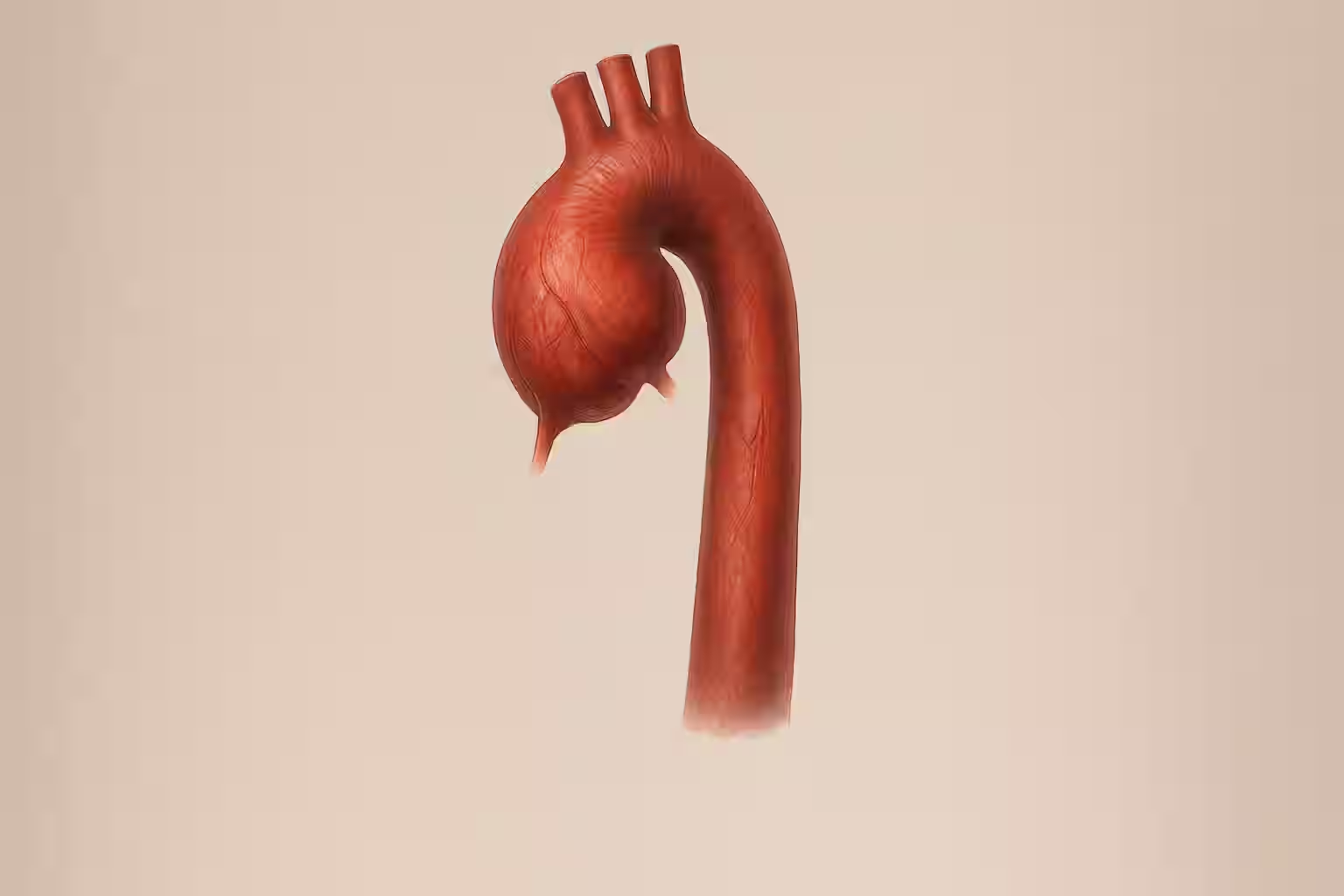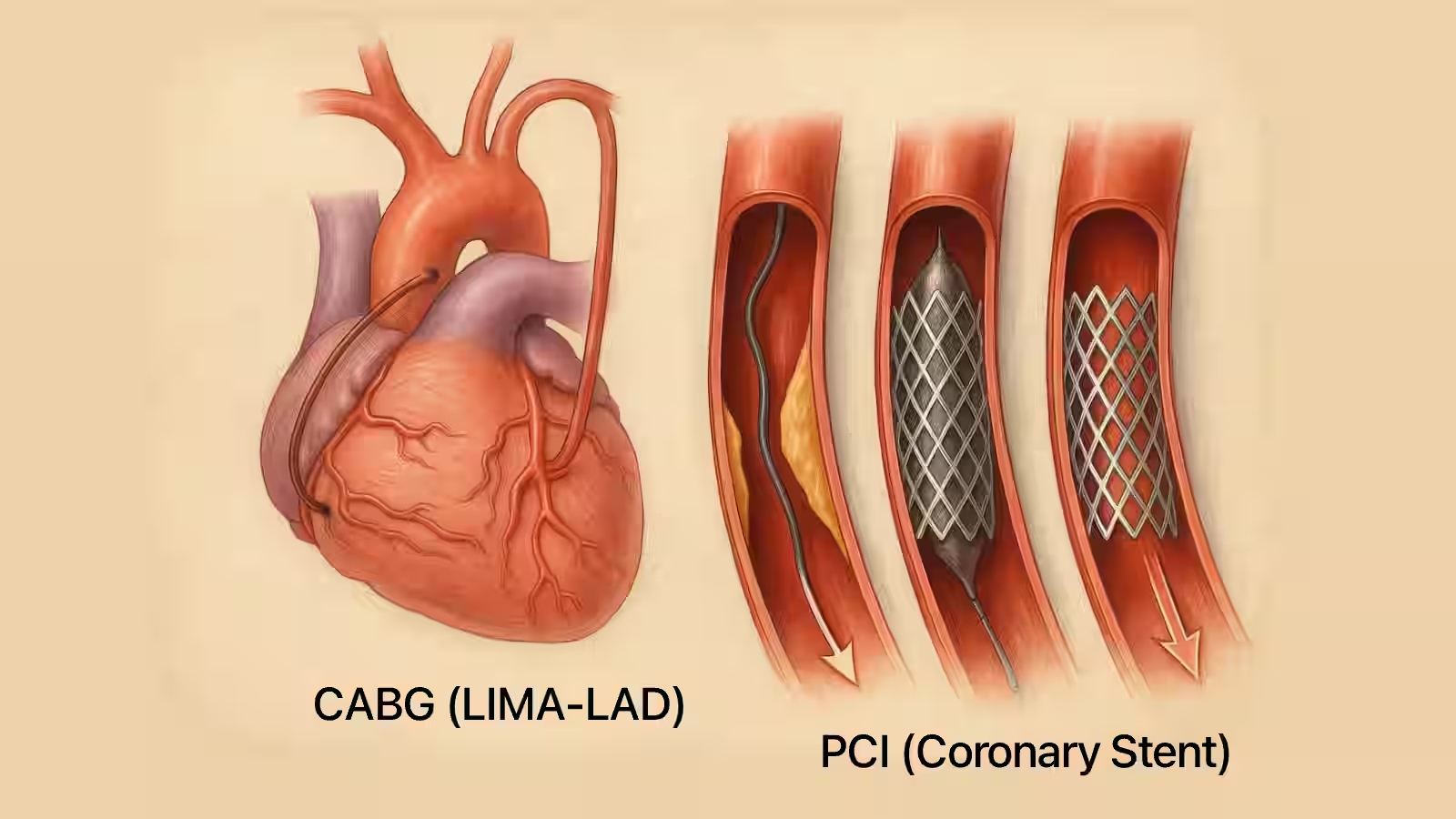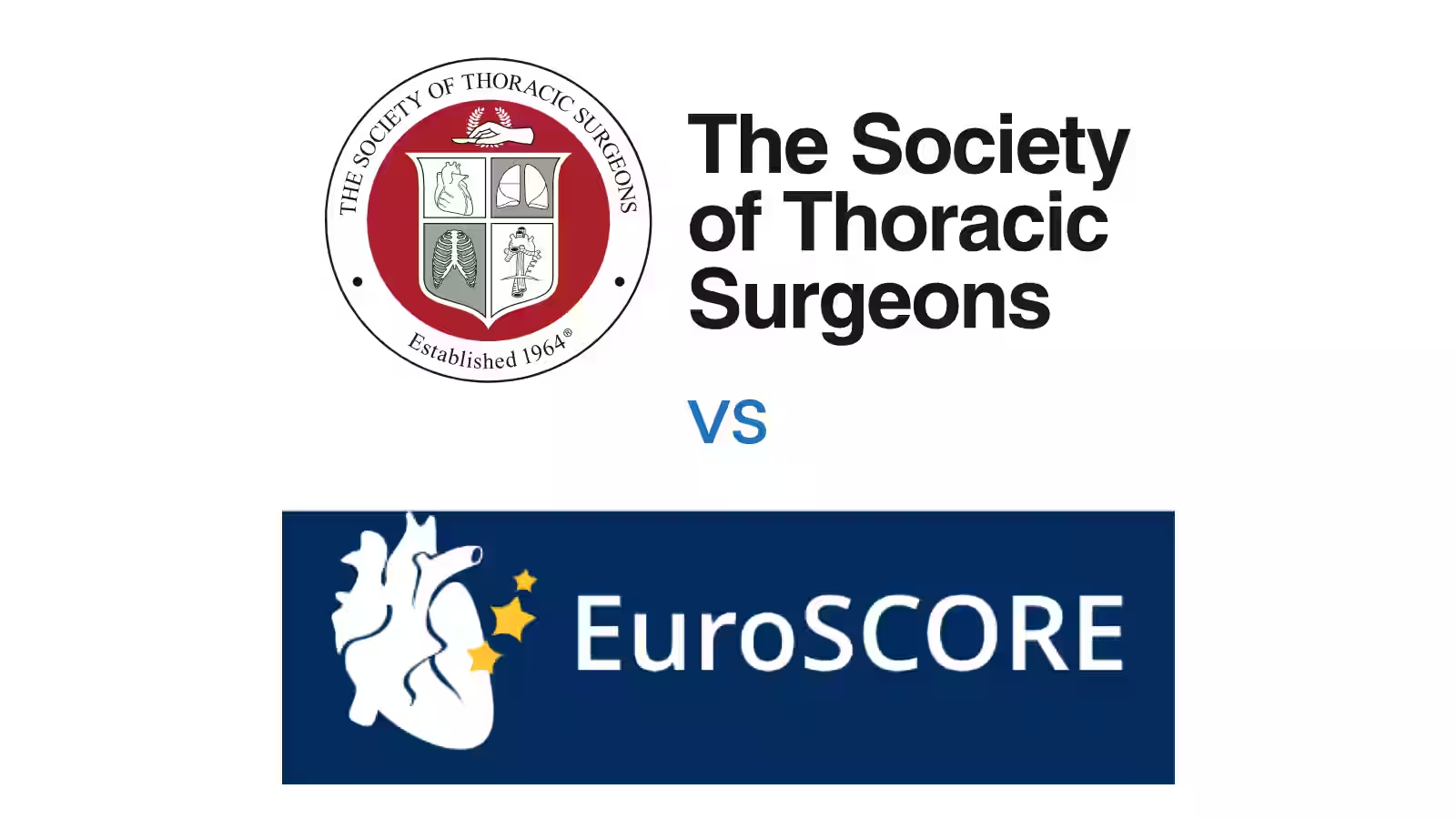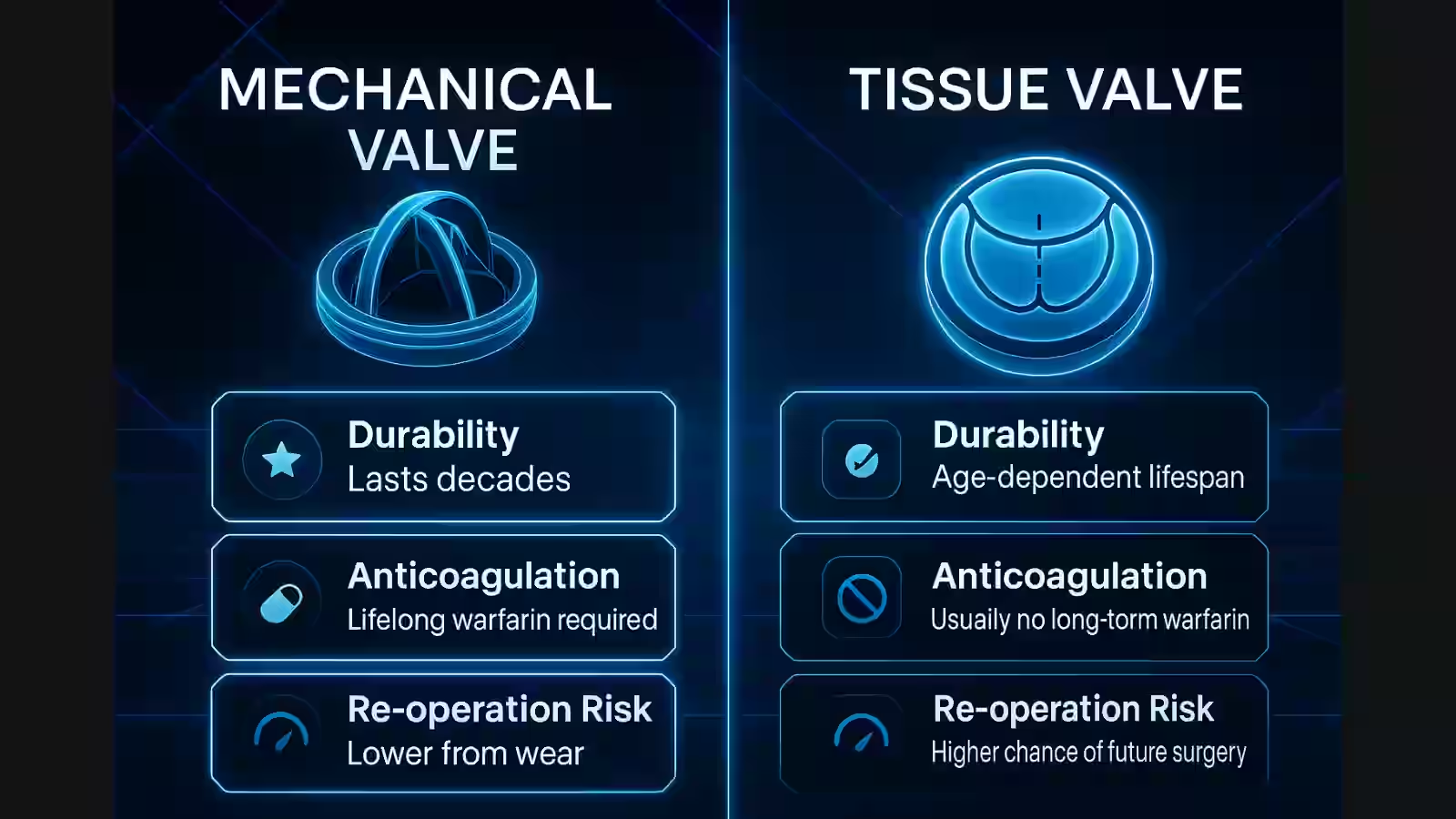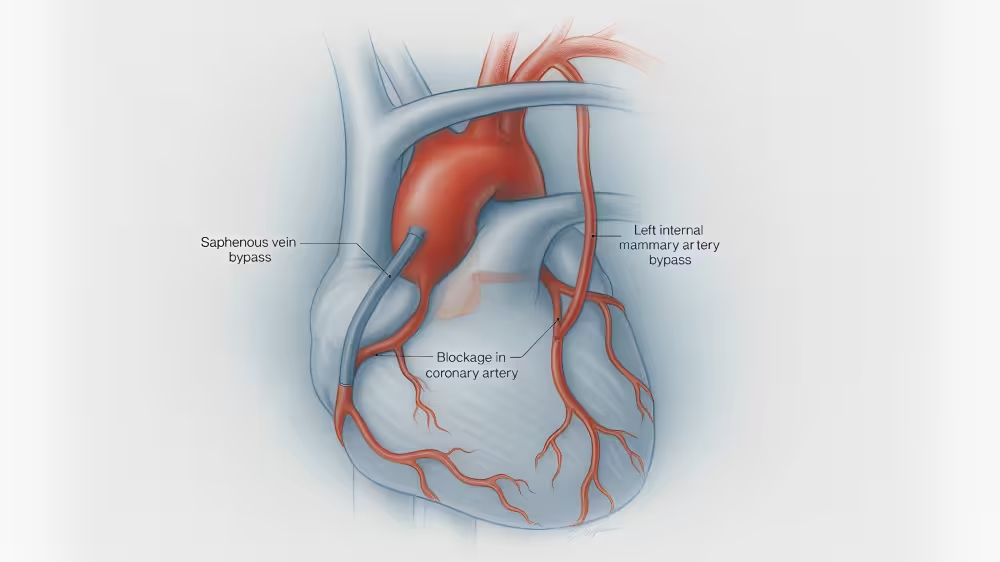Introduction
Aortic root aneurysms and root pathology often require surgical intervention to prevent dissection or rupture. Two primary operations address root disease: the valve-sparing root replacement (David procedure) and the Bentall procedure, which replaces both the aortic valve and root with a composite graft. Understanding the differences helps patients and families make informed decisions and prepare for surgery and recovery.
Indications and Patient Selection
Valve-Sparing Root (David)
- Ideal for patients with aortic root dilation but preserved native valve leaflets and no significant cusp disease
- Preferred in younger patients to avoid lifelong anticoagulation
Bentall Procedure
- Recommended when the native valve is diseased (calcified, regurgitant, or stenotic)
- Suitable for patients who can manage long-term anticoagulation if a mechanical valve is used
Surgical Techniques
David Procedure Steps
- Resection of diseased root, preserving leaflets
- Sewing native valve inside a synthetic graft
- Reimplantation of coronary arteries into graft
Bentall Procedure Steps
- Removal of aortic root and valve
- Implantation of composite graft with mechanical or bioprosthetic valve
- Coronary button reimplantation
Pros and Cons Comparison
Recovery and Lifestyle Considerations
Sternal Precautions
- Avoid lifting >10 pounds for 6–8 weeks
- Support chest when coughing
Driving and Flying
Follow-Up Imaging
- CT or echocardiogram at 3–6 months, then annually
Conclusion
Choosing between a valve-sparing root replacement and a Bentall procedure depends on valve health, patient age, and anticoagulation tolerance. Discuss your case with a multidisciplinary heart team, weighing benefits and risks to decide the optimal approach.
---
Contact Verus today to schedule a personalized second-opinion consultation to determine which surgery fits your needs and receive your MyVerus Report.

